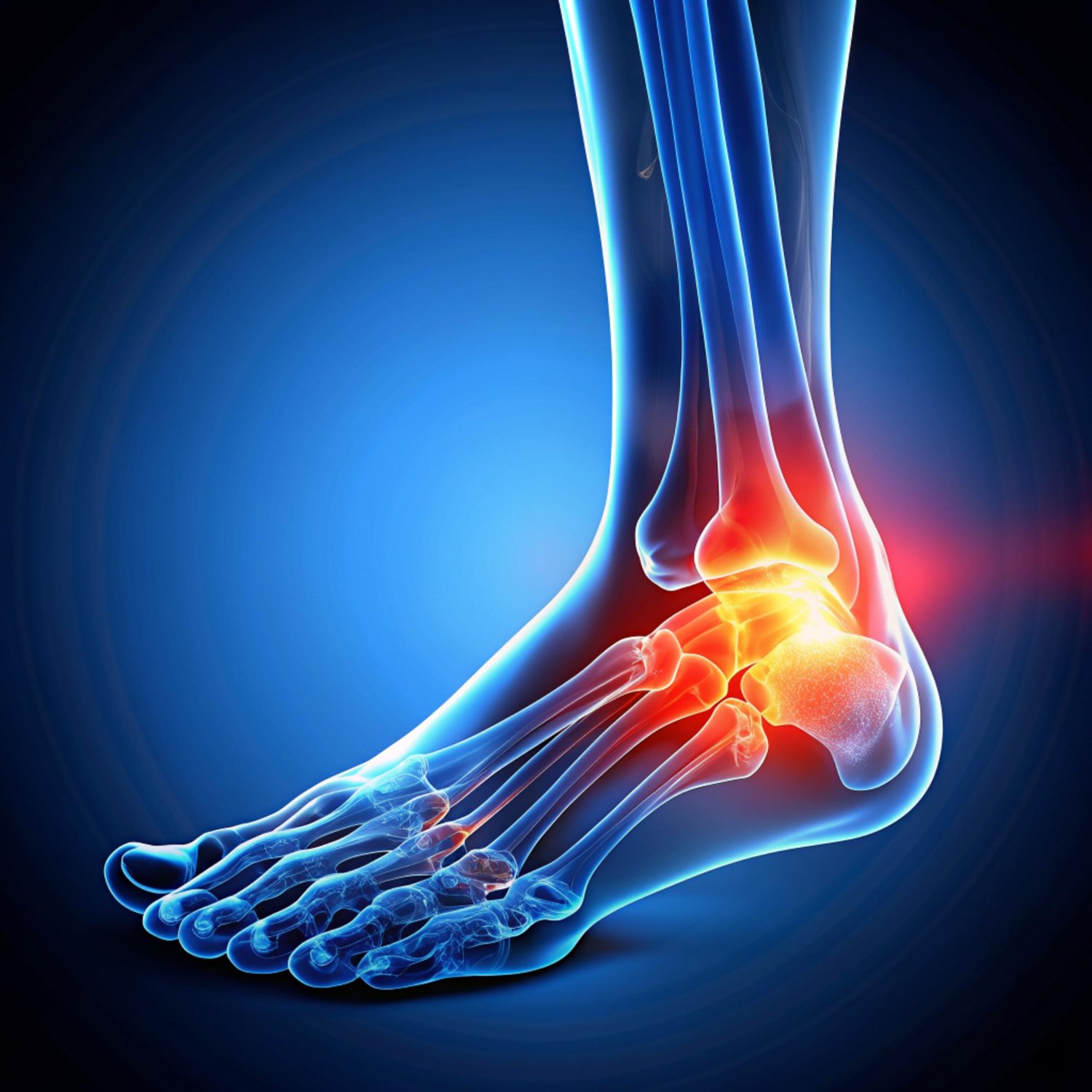
Your feet and ankles are the foundation of your mobility, supporting your entire body weight with every step. The foot and ankle are complex structures that play a vital role in our daily activities, from walking and running to standing and balancing. Together, they comprise 26 bones, 33 joints, and over 100 muscles, tendons, and ligaments, making them susceptible to a wide range of disorders. Foot and ankle disorders can significantly impact a person’s mobility and quality of life. As the leading Orthopaedics hospital in Bangalore, we understand the importance of maintaining foot and ankle health and are committed to providing expert care for these conditions.
Common Foot Disorders
Foot disorders can affect various parts of the foot, including bones, tendons, ligaments, and skin. Some of the most common foot disorders include:
- Plantar Fasciitis: This condition occurs when the plantar fascia, a dense tissue band along the sole of the foot, becomes inflamed. It often results in sharp heel pain, particularly noticeable during the morning hours.
- Bunions: A bony bump that forms at the base of the big toe, often causing pain and discomfort. Ill-fitting footwear can aggravate bunions.
- Hammertoes: This condition involves an abnormal bending of the middle joint of the toe, creating a hammer-like shape.
- Flat Feet: Flat feet occur when the arches of the feet are flattened, causing the entire sole to touch the ground. This condition can lead to discomfort and fatigue in the feet and legs.
- Athlete’s Foot: A fungal infection causing itching, scaling, and redness between the toes or on the soles of the feet.
Common Ankle Disorders
Ankle disorders can range from acute injuries to chronic conditions, each requiring specific care and attention. Common ankle disorders include:
- Ankle Sprains: One of the most common injuries, an ankle sprain happens when the ligaments stabilizing the ankle are overstretched or torn. This results in pain, swelling, and a feeling of instability.
- Achilles Tendinitis: This condition is characterized by inflammation of the Achilles tendon, which connects the calf muscles to the heel bone. It often results from overuse and can cause significant pain and stiffness.
- Ankle Fractures: Ankle fractures occur when one or more bones in the ankle joint are broken. They vary in severity, from simple cracks to more complex breaks requiring surgical intervention.
- Ankle Arthritis: Ankle Arthritis is a degenerative joint disease that results in the wearing down of the cartilage in the ankle joint, leading to pain, stiffness, and reduced mobility.
Causes of Foot and Ankle Disorders
Foot and ankle disorders can arise from a variety of causes, including:
- Injuries: Acute injuries such as sprains, fractures, and strains are common causes of foot and ankle disorders. These can occur during sports, accidents, or even simple missteps.
- Overuse: Repetitive stress on the foot and ankle from activities such as running, jumping, or prolonged standing can lead to overuse injuries like tendinitis or stress fractures.
- Improper Footwear: Wearing shoes that do not fit properly or provide inadequate support can contribute to the development of foot and ankle disorders.
- Aging: As we age, the wear and tear on our joints, tendons, and ligaments can lead to degenerative conditions like osteoarthritis.
- Underlying Health Conditions: Conditions such as diabetes, rheumatoid arthritis, and gout can predispose individuals to foot and ankle disorders.
Symptoms to Watch For
Recognizing the symptoms of foot and ankle disorders is crucial for early diagnosis and treatment. Common symptoms include:
- Pain: Do not ignore persistent pain in the foot or ankle, whether sharp or dull.
- Swelling: Swelling in the foot or ankle, particularly after an injury, may indicate a more serious condition.
- Stiffness: Difficulty moving the foot or ankle, especially after periods of rest, can be a sign of a disorder.
- Numbness or Tingling: These sensations, often described as “pins and needles,” may indicate nerve involvement.
- Deformity: A healthcare professional should evaluate visible changes in the shape of the foot or ankle, such as a bunion or misaligned joint.
Diagnosis and Treatment Options
At HOSMAT Hospitals, our approach to diagnosing foot and ankle disorders involves a thorough clinical evaluation, including a review of medical history, physical examination, and diagnostic imaging such as X-rays, MRI, or CT scans.
Treatment options vary depending on the specific disorder and its severity, including:
- Conservative Management: This may include rest, ice, compression, elevation (RICE), physical therapy, orthotics, and medications to reduce pain and inflammation.
- Surgical Intervention: In cases where conservative treatments are ineffective, or the condition is severe, surgical options may be considered. Reconstructive surgeries can range from minimally invasive ones to more extensive ones.
- Rehabilitation: Post-treatment rehabilitation is crucial for restoring function and strength to the affected area, helping patients return to their daily activities as quickly and safely as possible.
Prevention Tips
You can take steps to reduce your risk of developing foot and ankle problems by:
- Wearing properly fitting shoes
- Maintaining a healthy weight
- Engaging in regular foot care
- Stretching and strengthening exercises
- Gradually increasing physical activity
- Protecting your feet from injuries
Conclusion
Foot and ankle disorders are common yet treatable conditions that can significantly affect one’s quality of life. At HOSMAT Hospitals, the best multispeciality hospitals in Bangalore, we are dedicated to providing comprehensive care, from diagnosis to treatment and rehabilitation. If you are experiencing any symptoms of foot or ankle disorders, do not hesitate to seek professional medical advice. Early intervention can lead to better outcomes and help you stay on your feet, pain-free.
Disclaimer: The content of this blog post is intended solely for educational purposes and should not be considered a replacement for professional medical advice. Always consult a qualified healthcare provider for any health concerns or issues.

